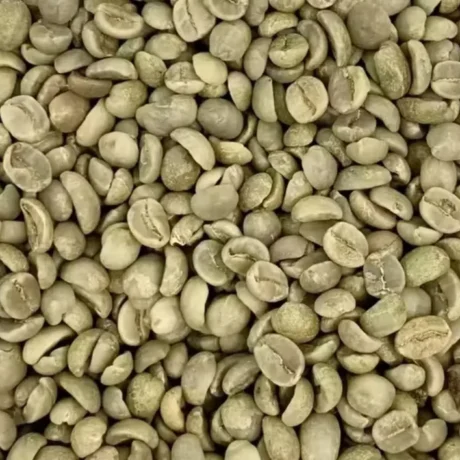Ever brewed a batch that looked perfect on the outside—aromatic, beautifully roasted—but tasted dull, papery, or oddly bland in the cup? If you’re working with Indonesian specialty coffee, you know every bean matters. That off taste might not be your roasting technique. It could be something sneakier: quakers in coffee.
These pale, underdeveloped beans are one of the most overlooked yet damaging defects in the specialty coffee industry. Whether you’re a green coffee distributor in Aceh or a micro-roaster in Bali, knowing how to identify and eliminate quakers in coffee is crucial for maintaining quality, consistency, and your customers’ trust.
What Are Quakers in Coffee?
Quakers in coffee are immature beans that failed to ripen fully on the tree. Because they lack sufficient sugars and lipids, they can’t undergo proper caramelization during roasting. The result? Beans that stay pale, look under-roasted, and release flat, undesirable flavors.
After roasting, quakers stand out visually—they’re lighter in color, lack surface sheen, and often appear dry or slightly shriveled. They don’t just look wrong—they taste wrong too.
☕ Flavor notes linked to quakers: cardboard, raw peanut, paper, and stale grain.
In a batch of beautifully roasted Sumatra coffee or Toraja microlot, even a handful of quakers can flatten the cup and erase its origin clarity.
Why Quakers in Coffee Are a Big Deal
Here’s why quakers in coffee aren’t just cosmetic flaws but business-critical problems:
1. 🚫 They Kill Flavor Definition
Specialty coffee relies on clean, vibrant flavor profiles. Quakers introduce muddy, paper-like flavors that clash with the carefully profiled taste of premium beans.
2. 🎯 They Threaten Consistency
Imagine serving the same origin to two different café locations—and receiving completely different feedback. Quakers make your batch unpredictable, and that’s a brand liability.
3. 📉 They Impact Specialty Grading
In the coffee grading system, quakers are considered physical defects. Too many, and your beans might fall below the 80-point threshold that defines “specialty” status.
How to Spot Quakers in Coffee Fast
The good news? Quakers are fairly easy to detect—after roasting.
Visual Signs of Quakers:
- Pale or light tan color post-roast
- Lack of oily sheen on the surface
- Dull appearance, often slightly misshapen
- Dry, crumbly texture
Tools You Can Use:
- Good overhead lighting and a flat tray
- Your eyes and hands (no fancy tools needed!)
- Some professionals even use UV light—quakers reflect light differently than properly roasted beans
⚠️ Important: You can’t reliably detect quakers in green beans. They only reveal themselves after roasting.
What Causes Quakers in Coffee?
Quakers originate long before the roast—on the farm. Most often, they’re the result of poor harvesting practices or unfavorable growing conditions.
Main Causes of Quakers:
- Unripe cherry picking (green or partially ripe cherries)
- Drought-stressed coffee trees
- Inconsistent post-harvest drying
- Lack of selective harvesting techniques
Farmers who hand-pick only ripe, red cherries help reduce the risk of quakers significantly. This is why partnering with quality-focused producers and processors—especially in origin regions like Sumatra and Toraja—makes a big difference in your final cup.
Need guidance choosing high-quality beans? Check out this guide:
👉 Grade 1 Indonesian Coffee Beans for Coffee Business
Why It Matters More Than Ever in Indonesia
Indonesia is quickly rising as a specialty coffee powerhouse, with demand from Japan, Korea, and Europe increasing each year. But this momentum brings new expectations around quality control, especially for exporters and domestic roasters.
To compete globally, Indonesian roasters and green bean distributors must tighten their quality assurance standards—starting with defect control.
What You Can Do:
✅ Sort and remove quakers after every roast
✅ Train staff to recognize defects visually
✅ Work only with trusted, consistent suppliers
✅ Align with international cupping and grading standards
Need help sourcing better beans?
👉 Find the Right Green Coffee Bean Distributor
Final Thoughts: Don’t Let Quakers Undermine Your Craft
You’ve put passion into your roast. The origin is carefully chosen. The roast profile is dialed in. Don’t let quakers in coffee sabotage the final product.
One pale bean is all it takes to ruin a customer’s perception of your brand. And in the world of specialty coffee—perception is everything.
So next time you finish a roast, take a moment. Spread out the beans. Look closely. Ask yourself:
“Did I find the quakers—or did they just sneak into someone’s cup?”
Your customers deserve clarity, consistency, and clean flavor. Give it to them—bean by bean.





